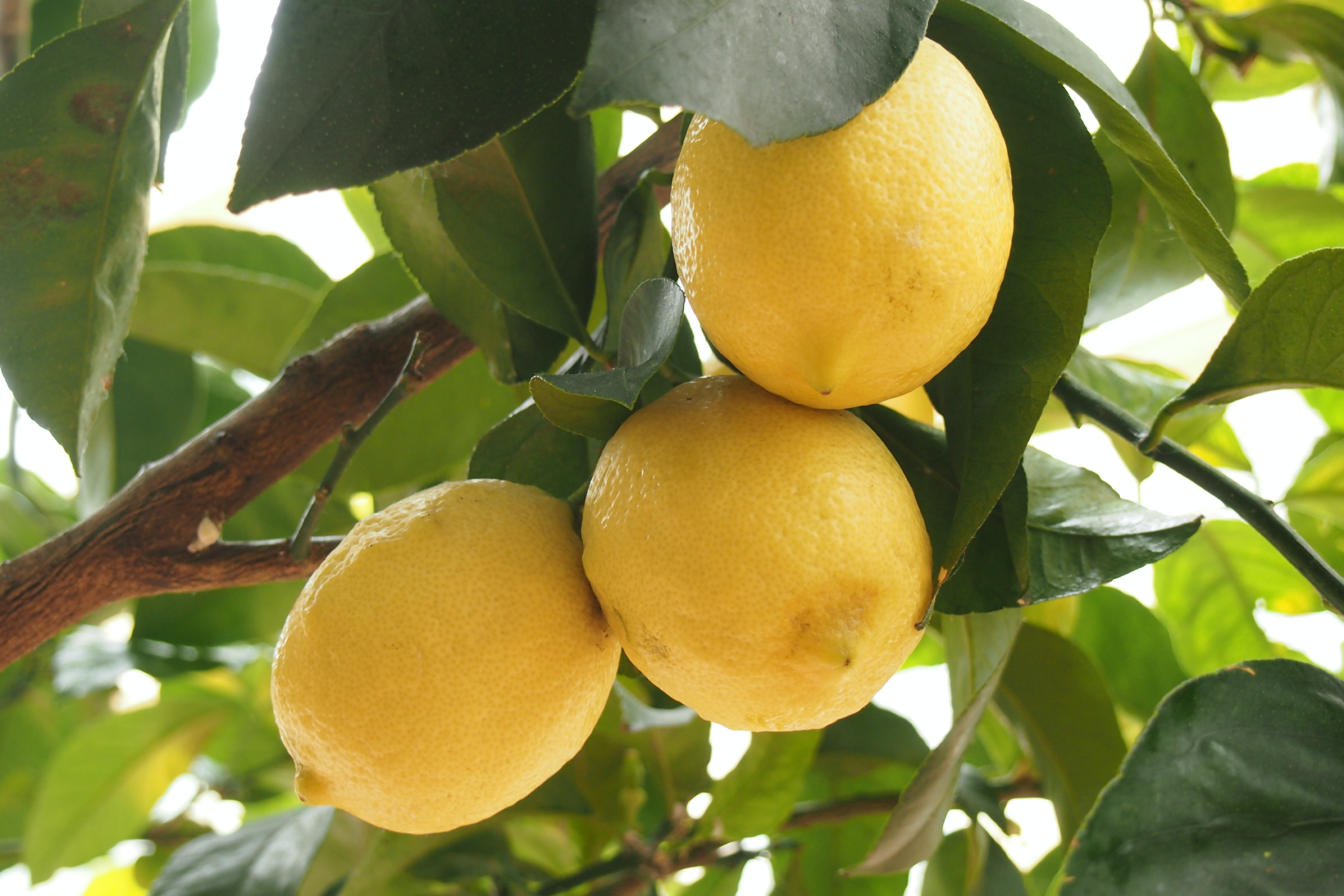
Growing lemon trees gives such satisfying results that the challenges that go with looking after these citrus trees are well worth it. Lemon trees have gorgeous foliage, intoxicatingly scented blossom, and, of course, the yellow fruit is a wonder to look at – and yummy in lemonade or in cooking.
The reason why growing lemons isn't always straightforward is that they love the Mediterranean climate with its dry, sunny summers. If you live somewhere that isn't all that dry or sunny in the summer (hello, Britain), then growing your lemons will require that extra little bit of effort. Fear not, though: it can be done! Find out how below.
Find more great garden ideas at our dedicated page.
How to grow lemon trees
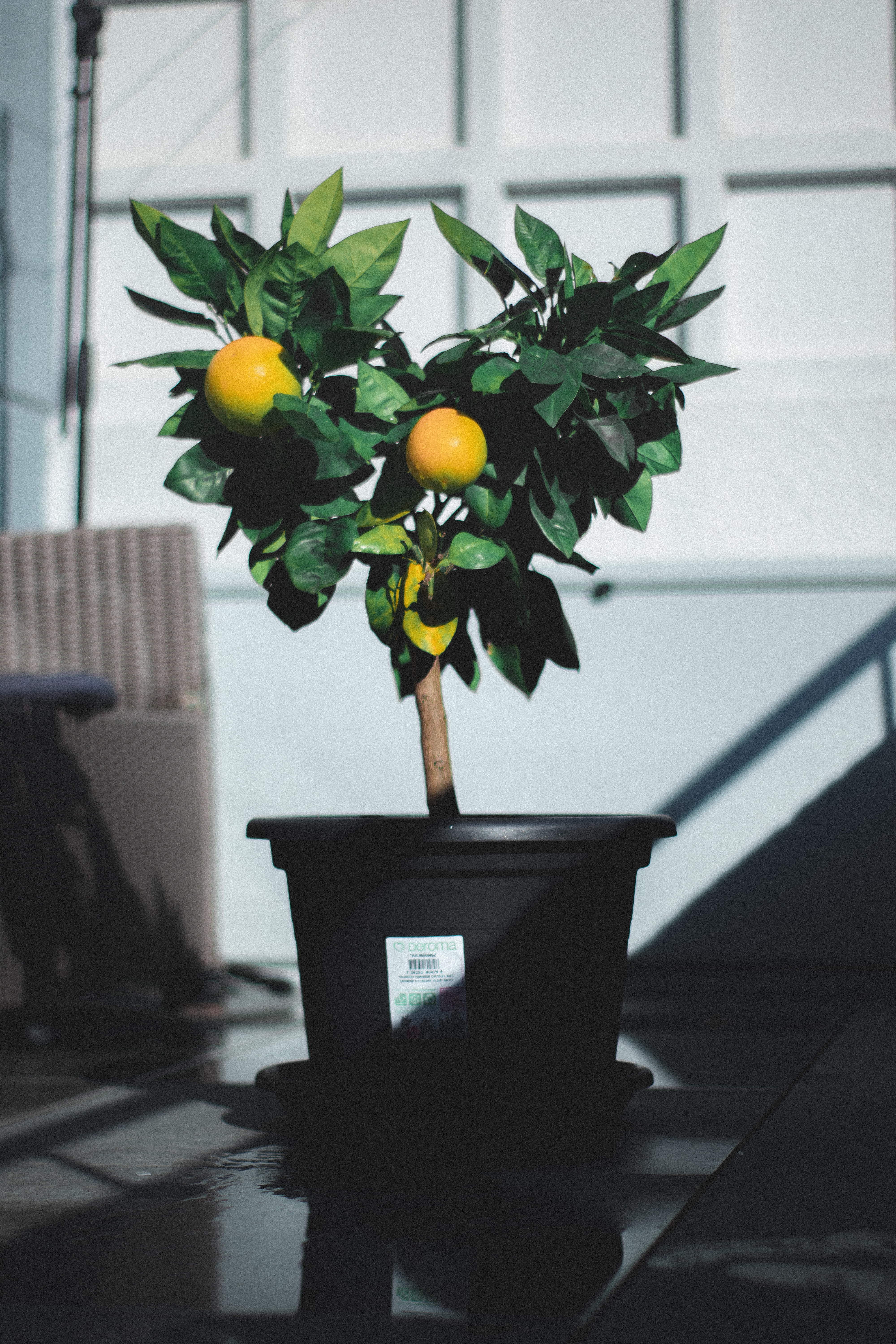
Lemon trees grown outside of their preferred climactic conditions are best grown as container plants.
1. Pick a substantial terracotta pot with a drainage hole – give your plant plenty of room to grow, as lemons will grow tall, even indoors (around five feet after a few years is common).
2. Choose well draining, slightly acidic soil – Joh Innes no. 3 is always a good option, but lemons aren't that fussy and will grow well in any decent all-purpose compost.
3. Lemons like to be slightly raised above ground, so make sure that the bottom of your pot has plenty of soil in it before you plant up your lemon sapling/young tree.
4. The correct positioning is almost everything for lemon trees. They need a lot of light – in order to have a lemon trees that fruits, you'll need to give it 6-8 hours of sunshine. So, a south-facing position is a must; if you don't have a south-facing aspect, and if winters are grey where you live, you'll need to invest in a full-spectrum grow light to imitate sunlight.
5. The other thing to bear in mind is that lemons are not hardy and are very temperature-sensitive (even more so than other citrus trees). The ideal temperature for a lemon tree is around 21°C. A lemon tree will tolerate a little higher (up to 30°C) or a little lower (down to 13°C), but a tree that's been placed in an unheated conservatory or orangery where the temperature regularly hits below 13°C will go into hibernation and will not produce blossom or fruit.
6. During the summer months when it's sunny and dry, put your lemon tree outside, next to a sunny wall or border. Bring back inside if temperatures drop.
7. Finally, don't expect your tree to bear fruit until its second or third year; lemon fruit can take up to 12 months to mature from the time your see blossom on your tree.
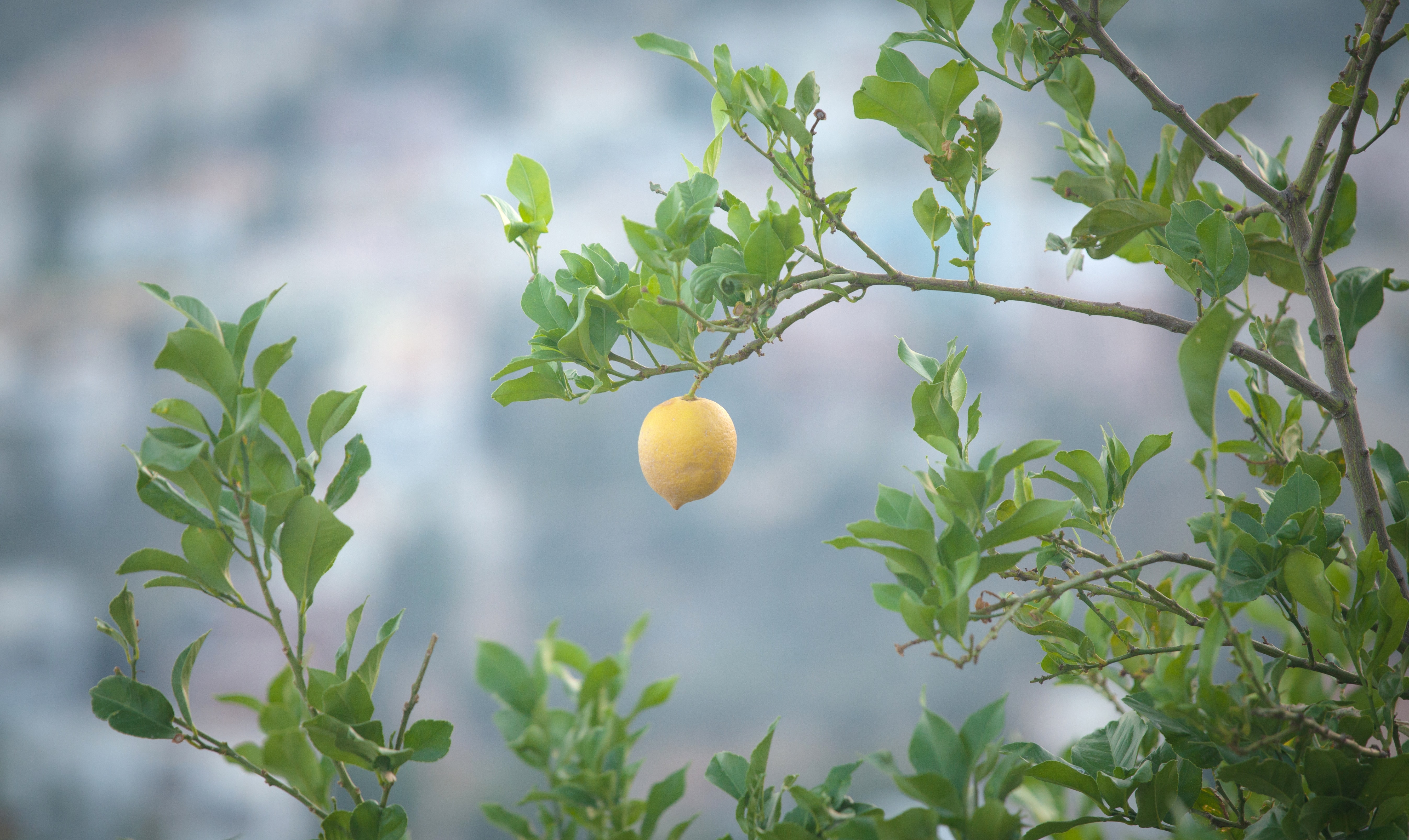
Best lemon tree varieties for containers
One of the most popular container-friendly lemon trees is "Eureka' – it has a compact growing habit of up to 4.5 feet tall and produces small, sweet lemons.
Meyer lemons are also very popular – they produce thin-skinned lemons after as little time as the first two years.
Join our newsletter
Get small space home decor ideas, celeb inspiration, DIY tips and more, straight to your inbox!
Anna is a professional writer with many years of experience. She has a passion for contemporary home decor and gardening. She covers a range of topics, from practical advice to interior and garden design.
-
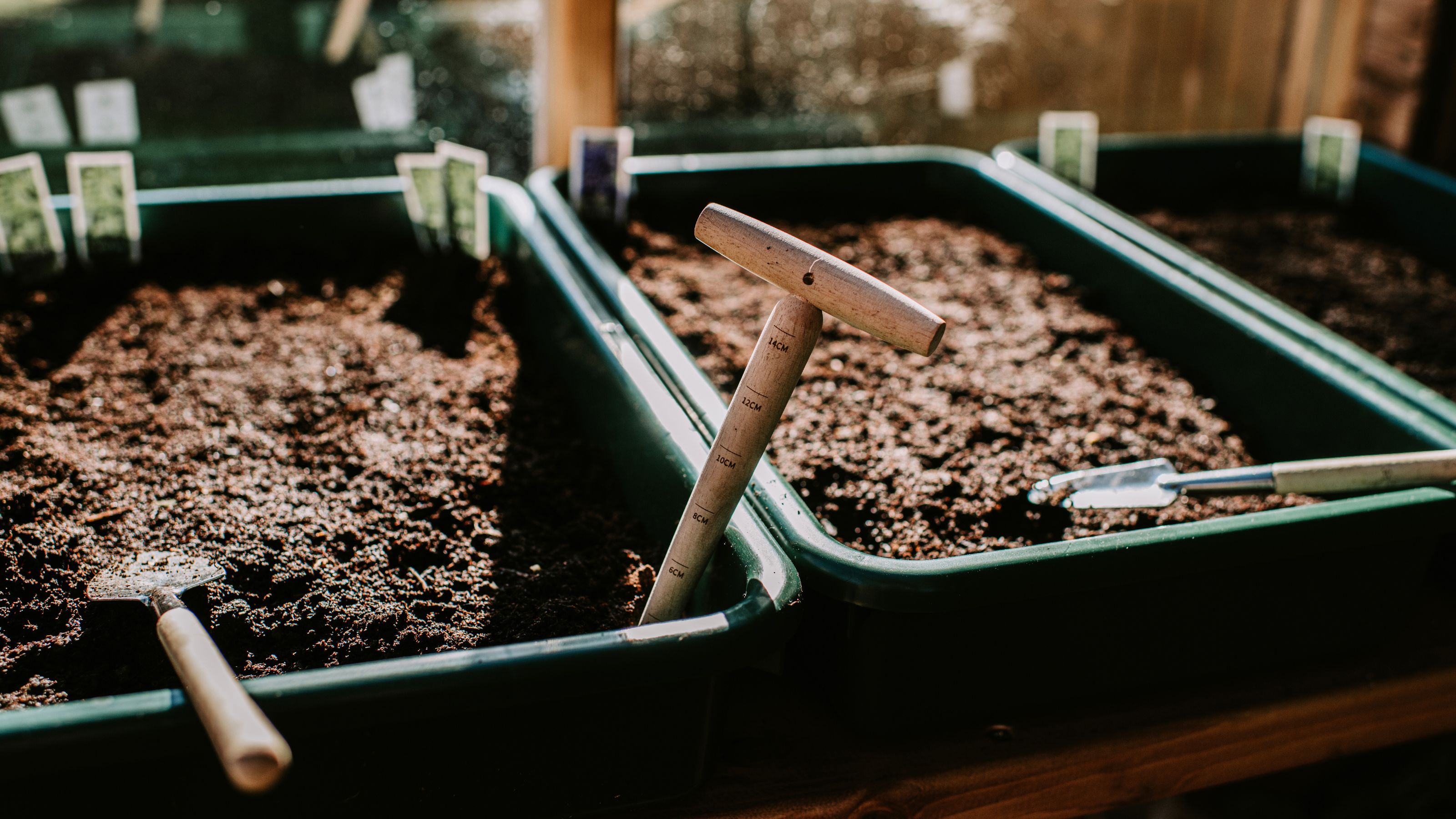 How to make compost — 8 easy steps gardening pros always use
How to make compost — 8 easy steps gardening pros always useLearn how to make compost at home in seven easy steps, whether you have a bin or want to create a compost heap. We've asked pros for their top tips
By Eve Smallman
-
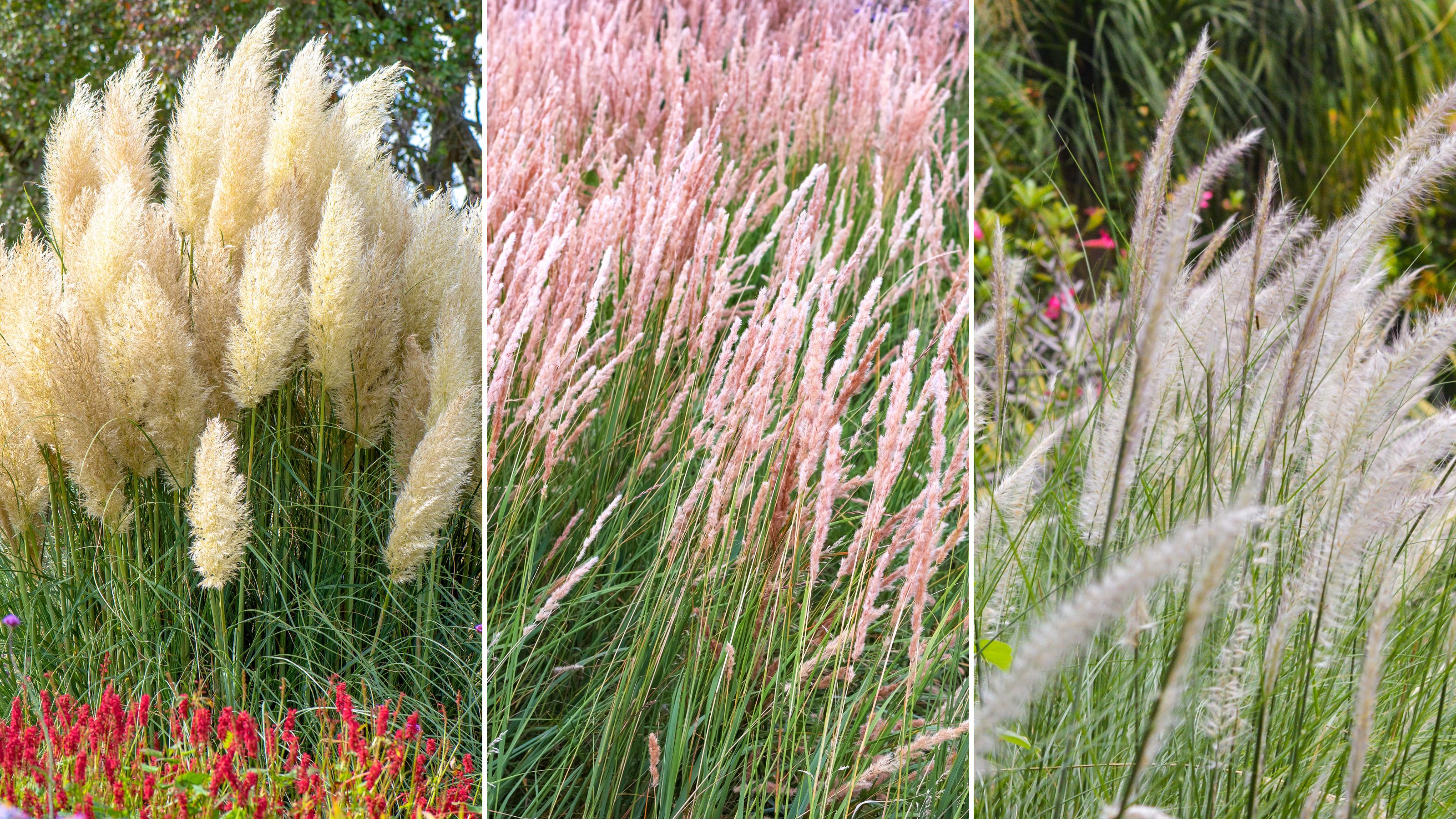 Planting ornamental grasses — the best types experts love and how to grow them
Planting ornamental grasses — the best types experts love and how to grow themWe've got you covered on planting ornamental grasses, speaking to experts about what ones to grow, how to grow them, and factors to consider
By Eve Smallman
-
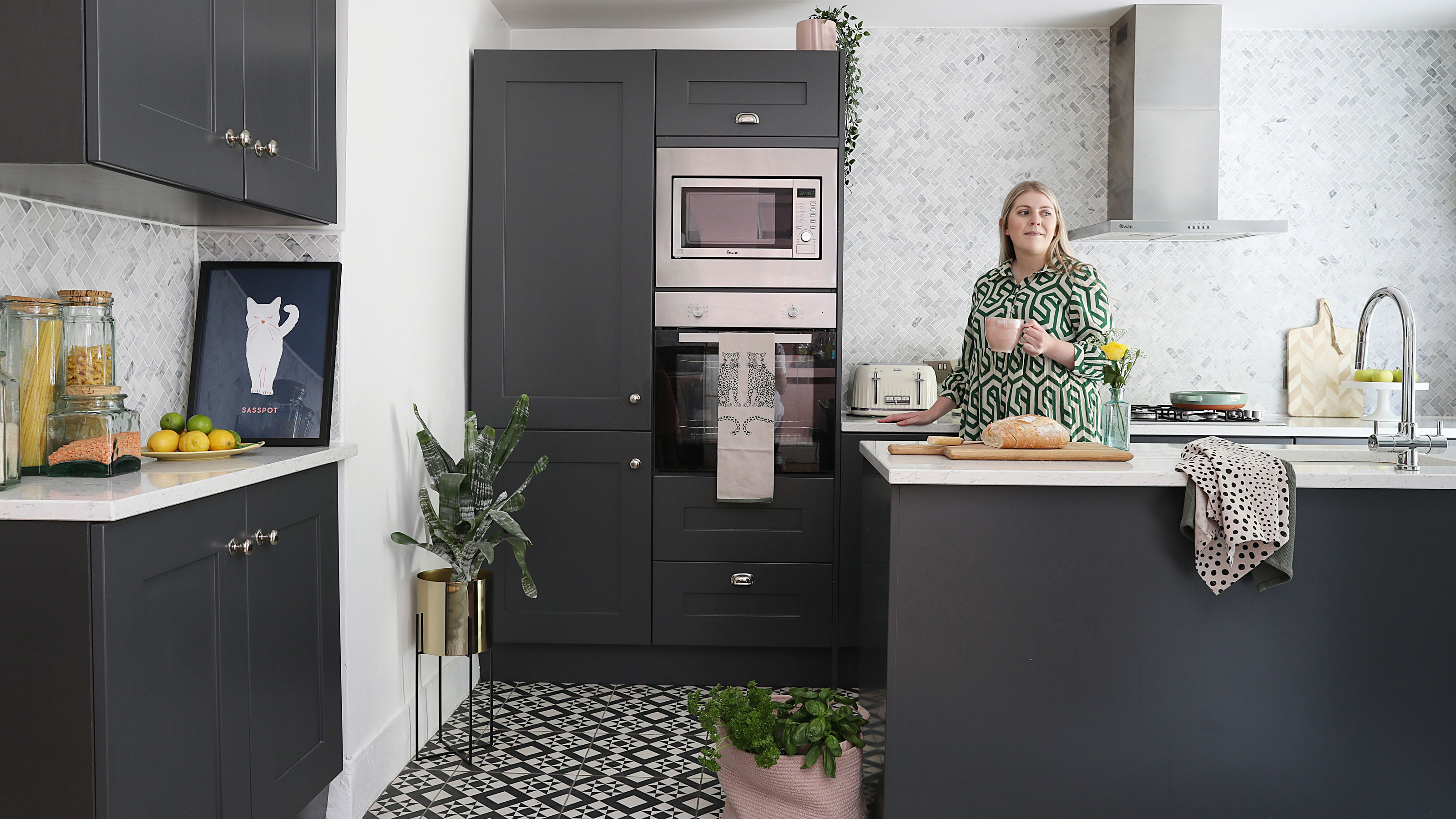 "Grotty" terrace is transformed with French flair and Ibiza vibes in the garden
"Grotty" terrace is transformed with French flair and Ibiza vibes in the gardenEsther Pillans' tired-looking Victorian terraced house was given a makeover with a touch of Parisian chic
By Ellen Finch
-
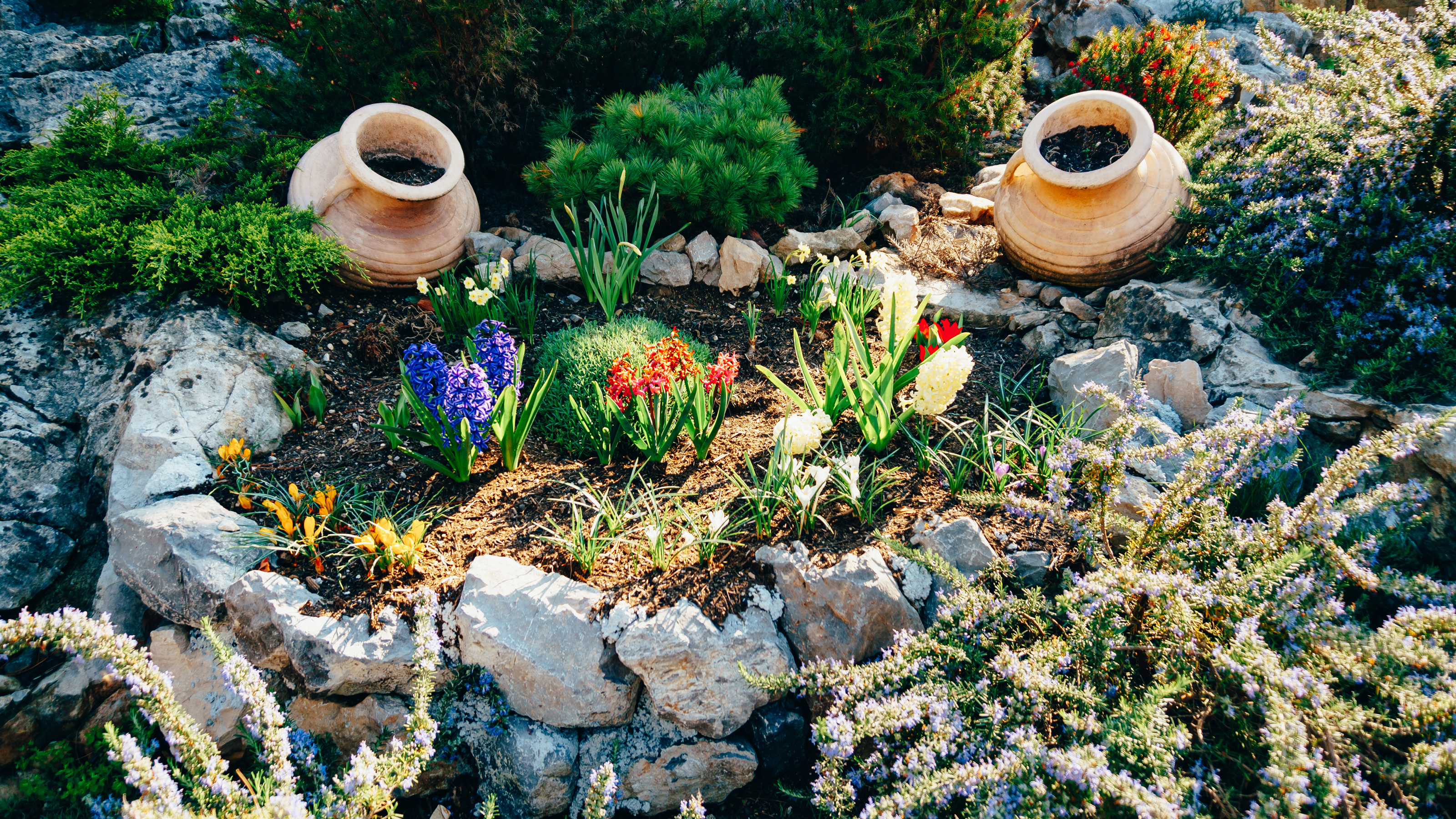 Rock garden ideas – 10 DIY ways to create a rockery
Rock garden ideas – 10 DIY ways to create a rockeryThese rock garden ideas are suitable for outdoor spaces big and small. Create your own rockery on a lawn or even on a balcony with just a few materials.
By Anna Cottrell
-
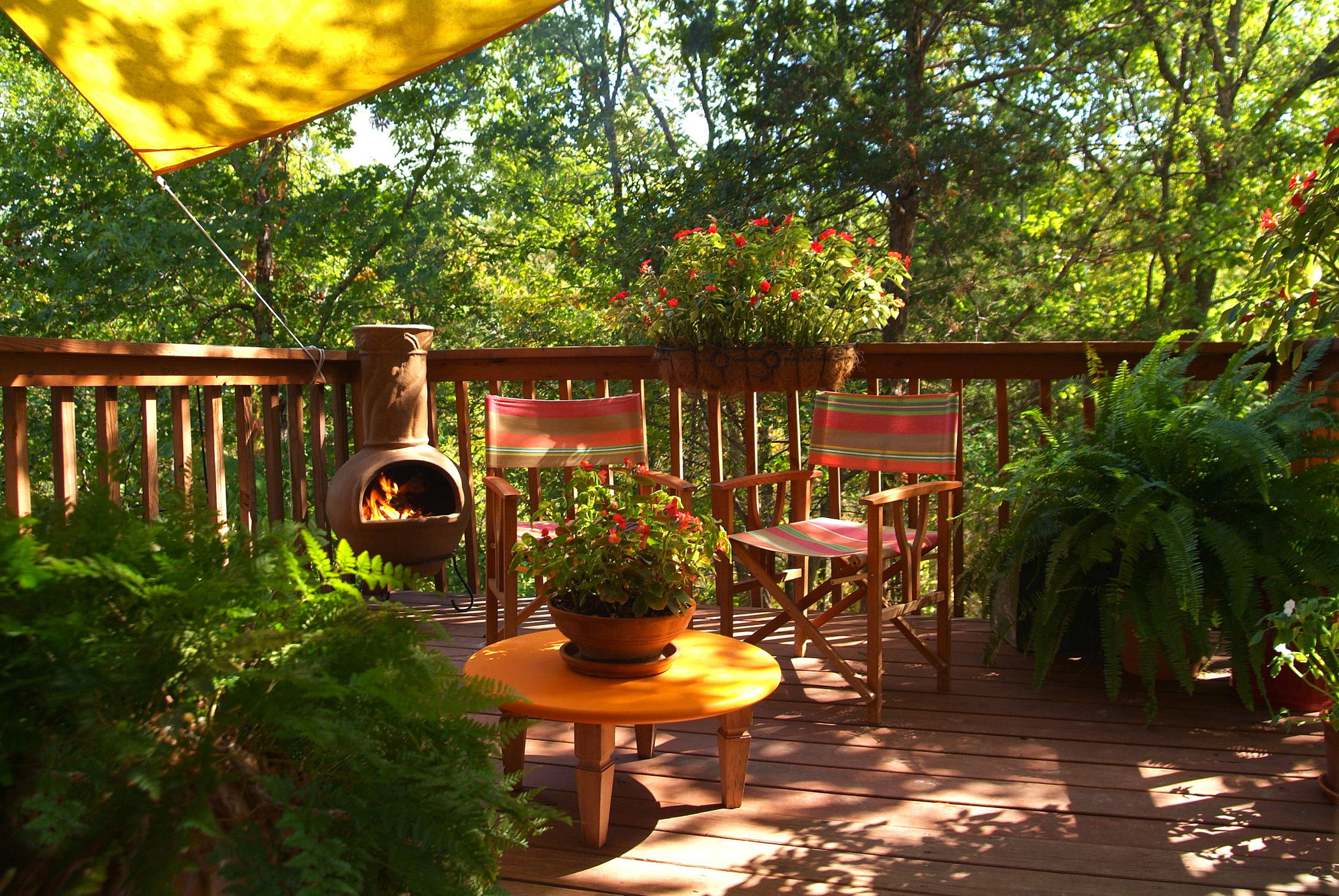 Cabin fever? These chimineas will extend the life of your patio
Cabin fever? These chimineas will extend the life of your patioThis cold-weather season, cozy up to our favorite chimineas!
By Brittany Romano
-
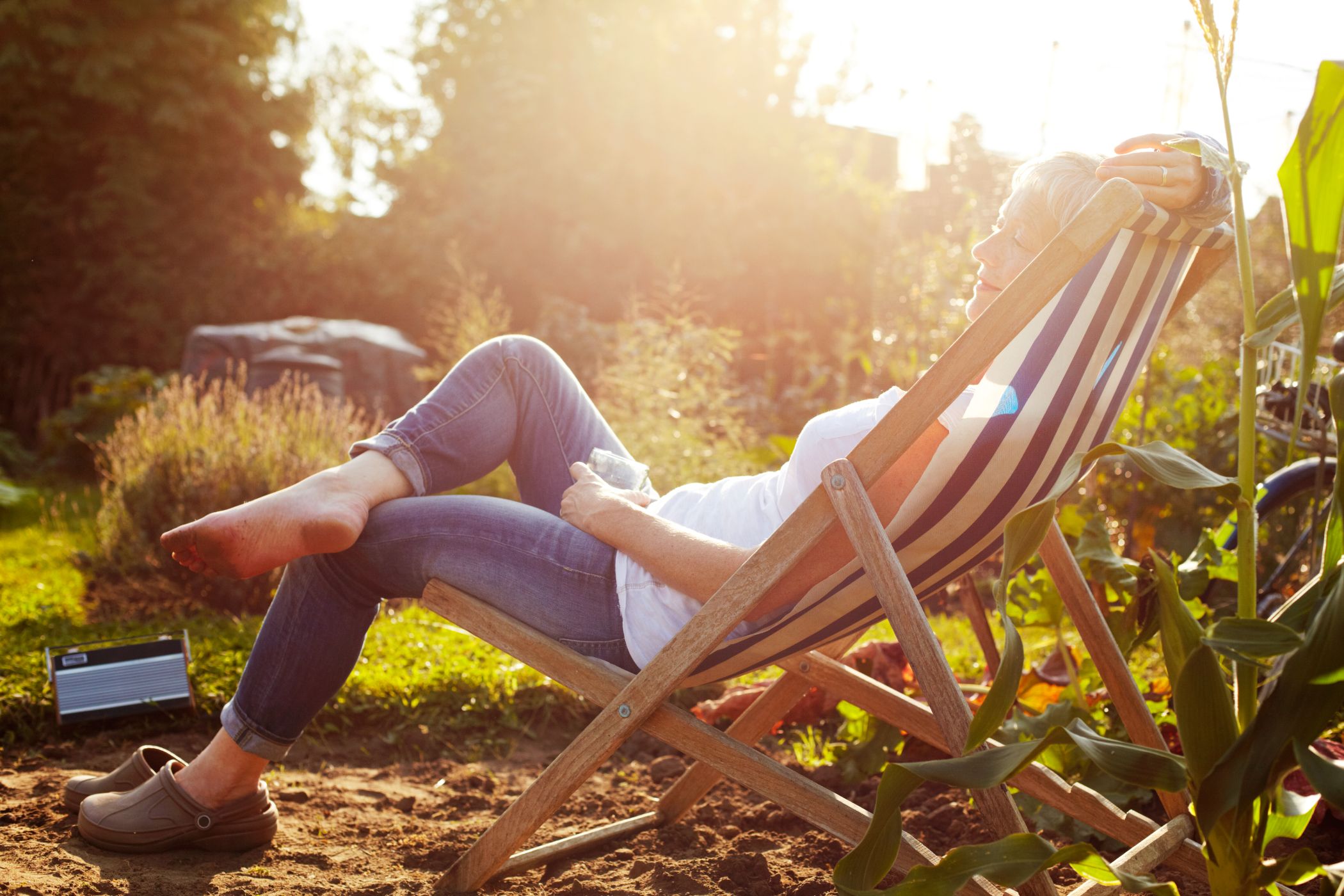 5 outdoor summer essentials to prove Society6 is your one-stop-shop this season
5 outdoor summer essentials to prove Society6 is your one-stop-shop this seasonCheck off all of your outdoor summer essentials by shopping exclusively at Society6.
By Brittany Romano
-
 The first-ever Etsy outdoor sale is happening now, and we're buying these 5 items
The first-ever Etsy outdoor sale is happening now, and we're buying these 5 itemsFor a limited time, this Etsy outdoor sale will give your backyard the facelift it needs — at a fraction of the cost.
By Brittany Romano
-
 The benefits of houseplants – 8 feel-good ways plants help your health
The benefits of houseplants – 8 feel-good ways plants help your healthEnjoy the many benefits of houseplants. Air-purifying, anxiety-soothing, mood boosting and more positive vibes.
By Camille Dubuis-Welch